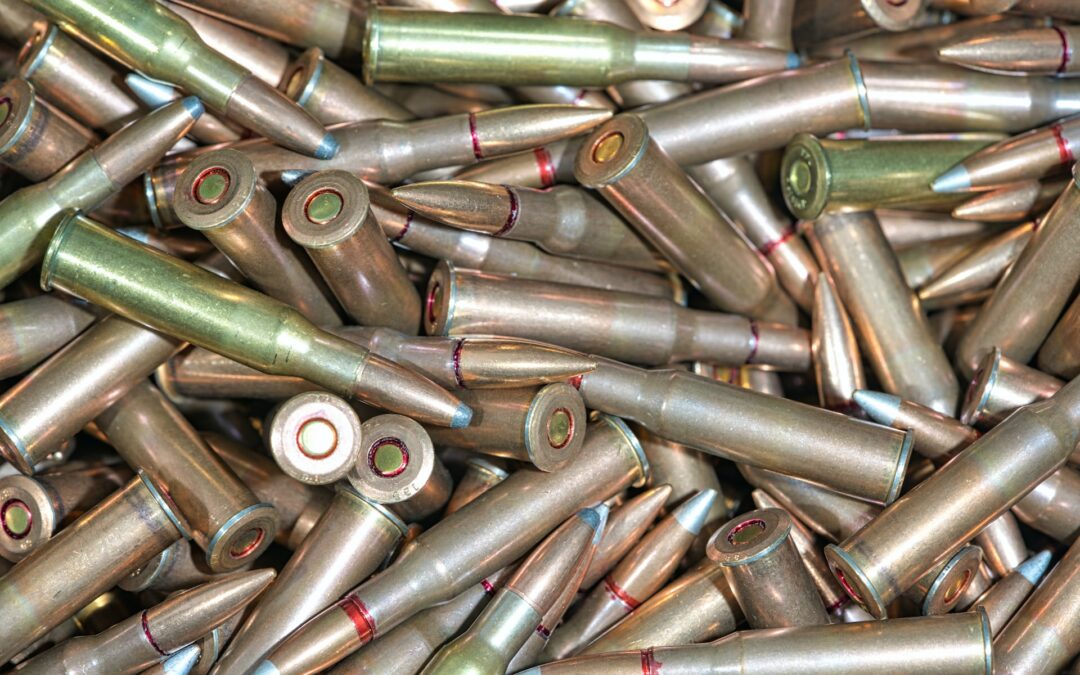Reloading brass can be a great way to save money and customize your ammunition to your exact specifications. But with all the different reloading supplies and techniques available, it’s difficult to know how many rounds of brass are too many. Here are some factors that can affect the lifespan of brass so you know when it’s time to retire your brass and start fresh.
What Does” Reloading Brass” Means?
Reloading brass refers to using brass casings from fired ammunition and reusing them to create new rounds. This process involves cleaning the brass, resizing it to fit a new bullet, and adding new primer and powder.
In general, brass can be reloaded anywhere from three to ten times before it needs to be retired. However, this number can range widely based on specific occasions.
Factors That Affect the Lifespan of a Brass
The Caliber of the Casing
Caliber refers to the diameter of the bullet used in the casing. Generally speaking, larger calibers will have a longer lifespan than smaller calibers because they are subject to less stress and pressure during firing.
For example, some calibers, like .223 and .308, are known for having long brass life and can be reloaded many times without issue. Other calibers, like .357 Magnum and .44 Magnum, tend to be harder on brass and may need to be retired after just a few reloads.
Type of Firearm Being Used
While reloading supplies are generally interchangeable between firearms of the same caliber, the type of firearm used can affect the lifespan of the brass. Semi-automatic firearms can be harder on brass than bolt-action rifles, as the brass is subjected to more pressure and heat. If you’re shooting a semi-automatic, you may need to retire your brass sooner than if you were shooting a bolt-action.
The Load You’re Shooting
If you’re shooting a hot load with a lot of powder, you may need to retire your brass sooner than shooting a light load with less powder. Additionally, if you’re using fast-burning powders, you may need to retire your brass sooner than if you’re using slow-burning powders.
Signs You Need to Retire Your Brass
- Cracks or splits in the brass. If you see any cracks or splits, it’s time to retire the brass immediately. Cracks and splits can cause dangerous malfunctions and should not be ignored.
- Loose or enlarged primer pockets. Your primer pockets can become loose or enlarged after multiple firings, especially when using hot loads. When this happens, the primer may not sit correctly in the pocket, causing issues with ignition and accuracy.
- Difficulty in resizing your brass. Over time, brass can become work-hardened and lose its elasticity, making it more difficult to resize. If you’re having trouble resizing your brass or not holding its shape after resizing, it’s time to retire it.
Final Thoughts
The number of rounds of reloading brass depends on several factors. That’s why you must inspect your brass carefully after each firing and reload, and retire any brass that shows signs of damage or wear.
Following these guidelines and keeping track of your brass, you can use safe and reliable ammunition every time you shoot. And remember to stock up on reloading supplies to keep your brass in top shape!
Get your hands on top-quality reloading supplies in Myrtle Beach with RedEye Reloading. Stock up on everything you need for your next shooting session, from brass cases to reloading presses. Order now and experience the difference that RedEye Reloading can make in your shooting performance!
